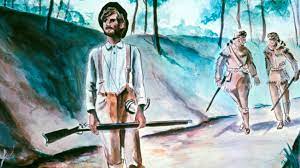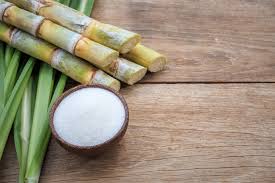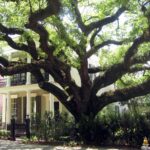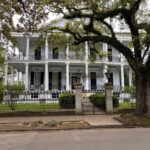Sweet Smell of Success

Unique Nola tours welcomes everyone, but back in the day, the Creoles did not love the new Americans coming into port.
After the Louisiana Purchase, back here in Paris in the Swamps, where gentlemen planters and rich commodities brokers are walking the streets a whole bunch of bearded buckskin-clad rednecks show up on the docks. Then these guys would buy rot-gut with their profits. Then get into fist fights on the docks, sleep it off, wake up the next day, walk back to Illinois and do it all over again. And the horrified French thought, “These are what Americans are?”
These animals descended from a scary sounding place called “Kaintookie” And the locals closed ranks. They basically shut off these ‘Kaintucks’ from their business side of town. And the Kaintucks had to make do on the other side of Canal Street where the Jesuit plantation once sat. And a funny thing happened during all this acrimony.
Everybody got rich!
Mikko Macchione
Tour Guide with Unique NOLA Tours and Author of books about New Orleans.
A former King’s Musketeer, married into a well-landed Louisiana family. Etienne de Bore, French nobleman, acquired a part of the old Jesuit plantation. He grew indigo, a plant that colors blue jeans. He was pulling in over $100,000 a season on his crop, but a few years of bad luck decimated his crop. There are every sort of explanations out there on what happened to Bore’s crop – insects, drought, worms, a virus. Whatever it was, Etienne was going to be busted.
He had two managers, Mendez and Lopez, just escaped from the present-day Dominican Republic, where sugar grew abundantly. Remembering the Jesuits, they planted sugar. He and his managers worked tirelessly diverting Mississippi river water into the fields, building a sugar mill, and generally hoping they weren’t wasting their time.
The managers tried out this idea they were utilizing back in the islands. Drying out the expressed molasses into granules of brown sugar. They did it, the first to granulate sugar in the colony. This meant no longer sending messy difficult casks of molasses abroad, and the sugar had a longer ‘shelf-life.’ He made $12,000 his first year. Soon it would be way more.
The product took off. Bore became the first mayor of New Orleans, most indigo plantations switched to sugar, and an industry was born. Today 450,000 acres of Louisiana grows sugar. In 1994, the 200th anniversary of de Bore’s breakthrough, over a million tons of sugar was produced here.









